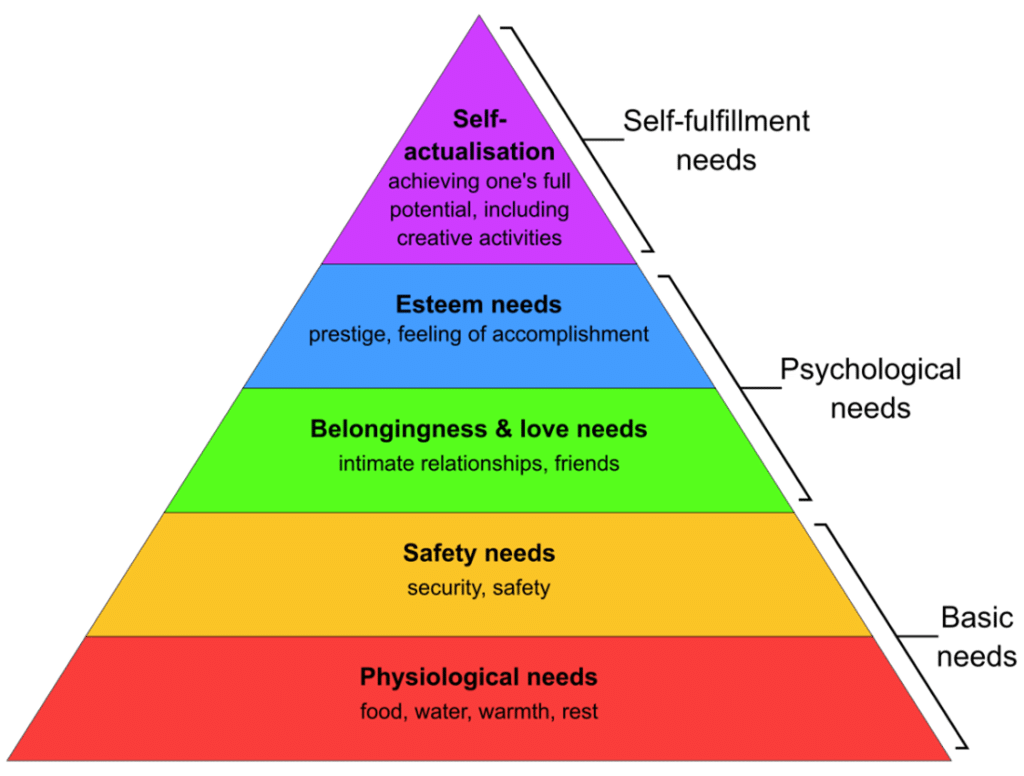In 2021, global mergers and acquisitions (M&A) hit new highs—breaking prior records as the number of announced deals exceeded 62,000 globally, up an unprecedented 24% from 2020, according to the 2022 PWC’s Global M&A Industry Trends report.
The often-frenzied M&A activity in 2021 was driven by intense demand for technology, and for digital and data-driven assets, and the pent-up deal-making demand from 2020 that was unleashed because of the COVID-19 global pandemic.
Companies that embark in M&A activities as part of their growth strategy realize that successful acquisitions require strong leadership, thorough due diligence, consistent communications, and a focus on corporate culture.
Dr. Klint Kendrick, an HR industry expert on people, culture and leadership issues in M&A, released his second book, The HR Practitioner’s Guide to Cultural Integration in Mergers and Acquisitions, to continue to educate leaders on how to overcome culture clashes to drive M&A deal value.
Beth White, MeBeBot’s Founder and CEO, spent time with Klint to learn more about his new book and his passion for mentoring HR leaders through the HR M&A Roundtable conference and various US city chapter meetings (both virtual and in person).
Here are the highlights of their conversation:
Beth:
Why did you decide the time was now to write “The HR Practitioner’s Guide to Cultural Integration in Mergers and Acquisitions”?
Klint:
When I wrote The HR Practitioner’s Guide to M&A Due Diligence, I knew it was only the first part of the deal lifecycle. I was going to wait a few years before writing the next book, but as I found myself with extra time during the lockdown (and M&A activity continued to skyrocket), it made sense to keep writing. With the workplace changes we’re seeing due to The Great Resignation and the COVID-19 pandemic, corporate culture is getting a lot of attention. This includes issues like remote and hybrid work, globally distributed teams, and values alignment between employer and employee. Having these issues front-and-center help highlight the importance of company culture integrations in M&A.
Beth:
In your chapter on “Shaping the Acquired Employee Experience,” I love how you incorporate the psychology of Maslow’s hierarchy. You also discuss the importance of integrating newly acquired employees so they can operate in their new company. What are some ways in which technology can be used to help with this transition/integration?
Klint:
Technology can be a great accelerator of cultural integration. When we think about Maslow’s Hierarchy, most onboarding programs address the three lowest levels:
- Physiological needs are at the bottom of the pyramid. In the workplace, this translates into pay which the employee will use to buy food, shelter, and clothing. This means ensuring payroll and direct deposits work – and are accurate – is critical. It also covers benefits, especially those related to health and well-being. We also think about the work environment, meaning clean and comfortable restrooms, eating spaces, and work areas. In the digital world, we should look beyond kitchens, bathrooms and temperature controls and look at the technology itself, with computers, peripherals, and internet connectivity top of mind for people simply trying to work to earn that check.
- Safety needs come next. In this case, technology can and should be used to ensure employees are both physically and psychologically safe in the workplace. Can employee’s login without fear of their computer being used against them? Do they have the tools they need to avoid fraud and hackers? Will the technology be used in a way that keeps them from feeling personally attacked by customers, coworkers, and strangers?
- Belonging needs are the third tier of Maslow’s pyramid. This is where cultural integration can be accelerated. Video meetings and online collaboration tools are obviously one of the most critical ways to ensure team members can connect with one another. Technology can help acquired employees complete the required paperwork (onboarding) and training programs (learning management). The technology new employees will probably engage with the most is the technology that tells them about the culture. Think about how frustrating it can be to find information in the digital piles of files that most firms have on their Intranet. Having some way to streamline information for employees will make a huge difference. This is where tools like MeBeBot can make the employee’s life much, much easier and accelerate integration.

Beth:
You have an entire chapter dedicated to Employee Communications. What are the main challenges with communicating M&A activities with employees? You also talk about the “medium” of communications. What are some creative or new ways in which employee communications can be improved, especially during the pandemic when so many people are working remotely?
Klint:
Employee communications are always a challenge and communicating during an M&A event can be even more daunting. Unlike employees who come through traditional routes, acquired employees still have their day jobs to do. This means not everybody will attend the town hall meetings or read the FAQs. They are busy and need to have easy access to information they need, on demand. That is hard to do, especially if the acquiring company has not invested in developing communications strategies. It is so easy to overwhelm people with message after message. This is where having a solution that streamlines how employees get the right information at the right time can help employees remain productive while acculturating to the new firm.
Beth:
There is a chapter that focuses on Pulse Surveys. Why are pulse surveys so important vs. traditional quarterly or annual surveys during M&A activities? And how do companies apply the results of the pulse surveys to the acquisition process?
Klint:
Pulse surveys differ from traditional surveys in two key ways: First, they are meant to be done at a regular interval. Second, they are meant to be brief, taking only a few moments of the employee’s day to complete. Pulse surveys give the integration leaders an immediate sense of what is going on with the acquired team. By using a brief, frequent survey, integration leaders can adjust the plan so emerging needs get prioritized. One of the most powerful ways to respond to the surveys is a simple “You said X, we did Y” format. So, if employees say that they do not understand their new benefits, the team responds by having benefits office hours or sharing some video explainers. By responding quickly, the integration team helps employees climb Maslow’s hierarchy. Employees can feel safe sharing their concerns, which will help them more quickly develop a sense of belonging.
Beth:
Thank you Klint, for dedicating your time and career to educating other HR Leaders as to best practices of due diligence and cultural integrations for M&A activities. This can often be an overwhelming time for both the employees and the internal teams that support successful transitions. And, thank you for all you do to provide community and collaboration with the various online and in person HR M&A Roundtable events.
About Klint Kendrick

Klint Kendrick, Ph.D., SPHR is a sought-after expert on issues of people, leadership, and culture in mergers and acquisitions. Over the past decade, he has worked on nearly 100 public and private mergers, acquisitions, joint ventures, and divestitures with firms like Boeing, Oracle, and SC Johnson, making him a respected authority in the field.
Dr. Kendrick’s presentations on the human side of M&A have been heard by HR and Corporate Development leaders at high-profile events sponsored by The Conference Board, Mercer, Willis Towers Watson, Thomson Reuters, Bloomberg BNA, and McKinsey. He is also the author of both The HR Practitioner’s Guide to Mergers & Acquisitions Due Diligence and The HR Practitioner’s Guide to Cultural Integration in Mergers & Acquisitions.
Klint chairs the HR M&A Roundtable, a peer-learning forum for HR professionals working on M&As. Learn more about the roundtable at www.MandARoundtable.com.
*Klint’s books are available for sale on Amazon.
MeBeBot’s Intelligent Assistant seamlessly installs as an app in Teams, Slack, or web portals to provide employees with instant automated answers to global HR, IT, and Ops FAQS, real-time usage Dashboards, Push Messaging, and custom Pulse Surveys, generating instant employee feedback on of-the-moment questions. MeBeBot’s “one-stop bot” is trusted by leading organizations to elevate the employee experience so work can be more meaningful and valuable.
Visit our website at https://mebebot.com

